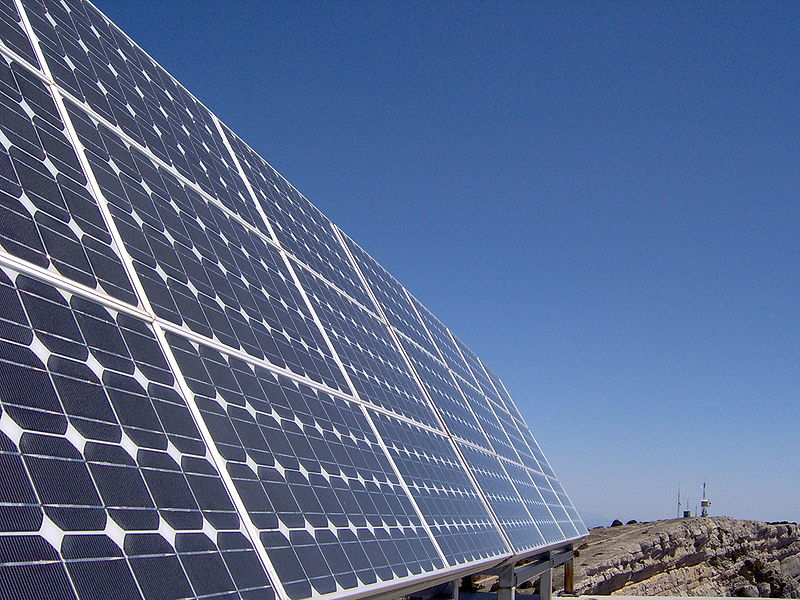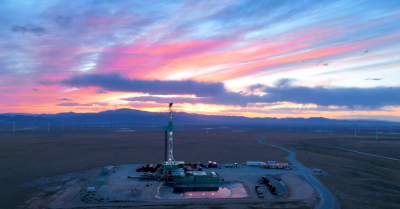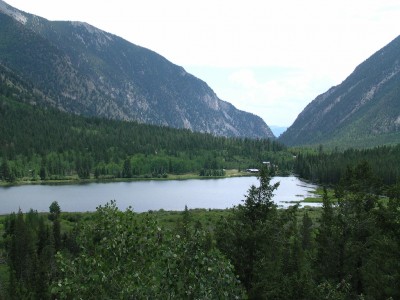Geothermal binary technology for solar plant
Geothermal binary technology to be applied at solar power plant project in Hawaii.
A recent article looks into a solar project that is trying to utilize geothermal binary technology for electricity generation at a solar power plant. According to the article, “Pacific Light & Power will build a 10-megawatt solar thermal plant that will combine a trough solar collector from Spain’s Albiasa with a turbine traditionally used in geothermal systems.
Why? Ten megawatts is unusually small for a solar thermal field. BrightSource Energy, by contrast, wants to build one in California that will produce 396 megawatts of power. Most solar thermal systems, however, collect heat from the sun to turn water into steam and then feed the steam into gigantic turbines. The heat requirements and the size of the solar thermal fields mean that solar thermal parks can only be built economically in places like North Africa or Arizona where the sun shines almost every day of the year, lots of empty land exists, and humidity remains almost nonexistent. Even the presence of a few clouds can depress the power output.
Geothermal turbines swap water and steam for organic fluids like butane, which turn to vapor at lower temperatures. Thus, geothermal turbines require less heat, which in turn allows for smaller solar fields in a wider range of climates and geographies. Like traditional solar thermal systems, excess heat can be stored and run through the system in the evening or when cloud cover descends.
Jesse Tippett, the managing director of Albiasa, likens it to thin-film solar panels. The underlying technology may not be as efficient but it can generate energy in a wider variety of circumstances.
When completed in 2011, the plant — located on the island of Kauai — will provide close to seven percent of the power needed on the island.”
Source: Greentech Media


















